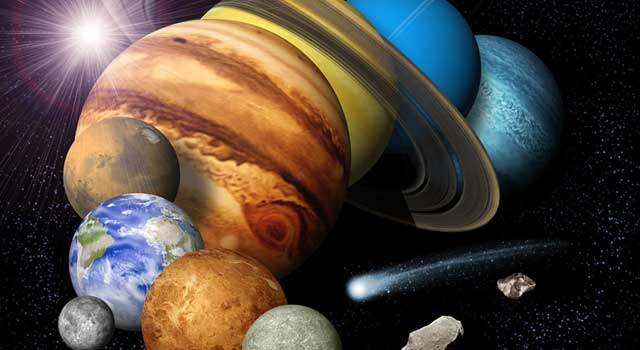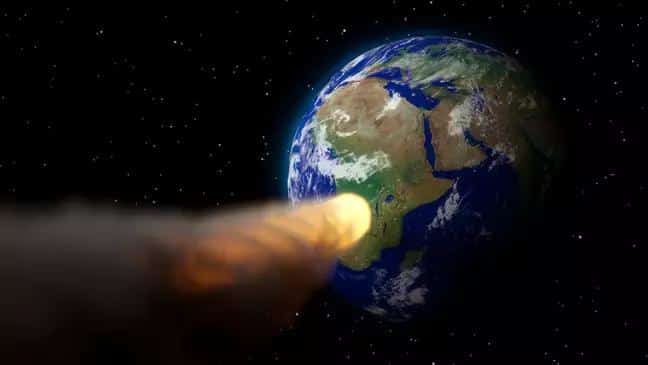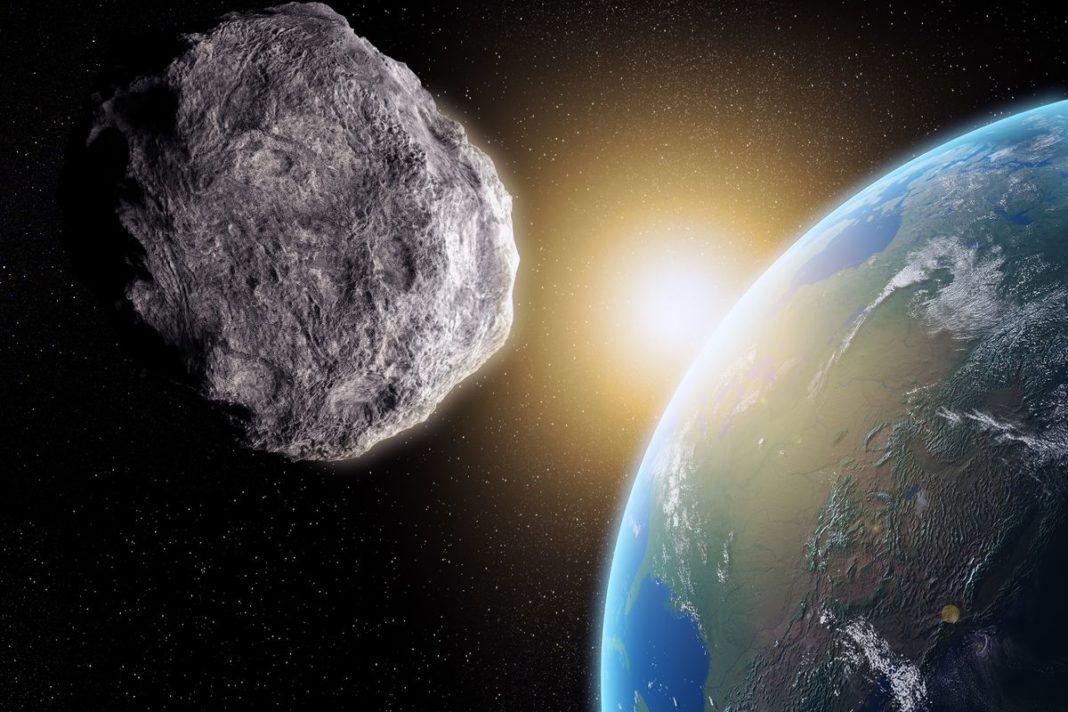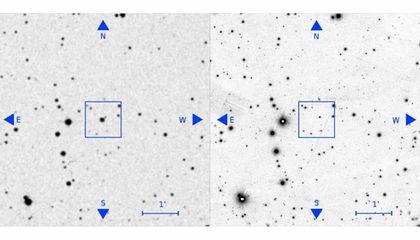NASA has identified a huge asteroid that is 2.5 miles, or 4.1 km across. Researchers have officially given the asteroid the name of “52768 (1998 OR2)” and say that it is traveling at an estimated speed of 8.7 km per second, which is about 31,320kmh or 19,461 mph.
The asteroid is expected to pass by Earth on the 29th of April and will come extremely close to the planet. Researchers estimate that the asteroid will be just 0.04205 astronomical units away from our planet at its closest point in the estimated trajectory.

According to CNN, the asteroid was classified as a potentially hazardous object because it passes near Earth’s orbit, but it’s not currently on NASA’s list of potential future Earth impact events, which actually has an alarming number of entries.
Much larger asteroids have come within a close distance of Earth’s orbit in the past. That largest ever was the asteroid called 3122 Florence (1981 ET3), which flew by the earth on September 1, 2017 and came a bit too close for comfort. That asteroid is estimated to be between two and a half and five and a half miles wide, and it is projected to make another pass of our planet again on September 2, 2057.
NEAT Project Manager Dr. Steven Pravdo of JPL said in a NASA statement that, “These discoveries come on the heels of last month’s installation of new state-of-the-art computing and data analysis hardware that speeds our search for near-Earth objects. This shows that our efforts to find near-Earth objects are paying off.”
Ed Lu, executive director of the Asteroid Institute and a former NASA astronaut, said that it’s an exciting time for planetary defense because we are on the verge of an “absolute flood of new observations” that will allow us to track 10 times more asteroids than we have ever tracked before.

NEAT Principal Investigator Eleanor Helin illustrated the importance of their work in the statement, saying that, “Our goal is to discover and track all the potentially dangerous asteroids and comets long before they are likely to approach Earth. The discovery of these two asteroids illustrates how NEAT is doing precisely what it is supposed to do.”
These types of objects come close to our orbit more often than people believe. In fact, space is filled with asteroids and similar objects, and they pass by us on a routine basis. There are even many asteroids that do enter our atmosphere but either disintegrate before they hit the ground, or are so small that they don’t do any serious damage.













![Hotstar Premium Cookies 2019 [*100% Working & Daily Updated*] Hotstar Premium Cookies 2019 [*100% Working & Daily Updated*]](https://tahav.com/wp-content/uploads/2019/11/Hotstar-Premium-Cookies-Free-100x70.jpg)



